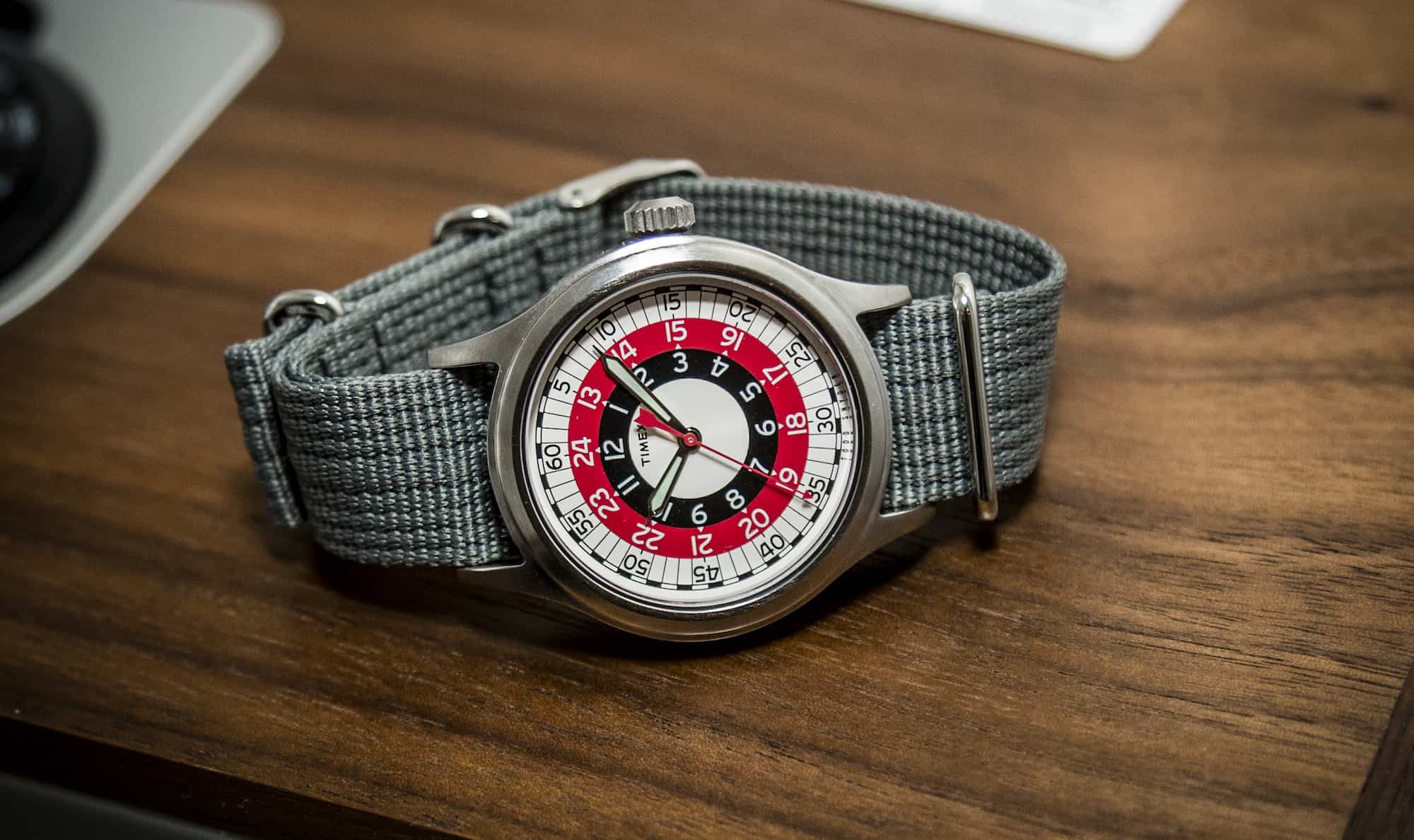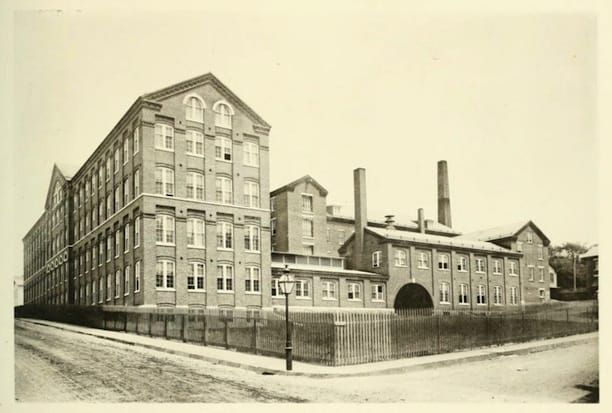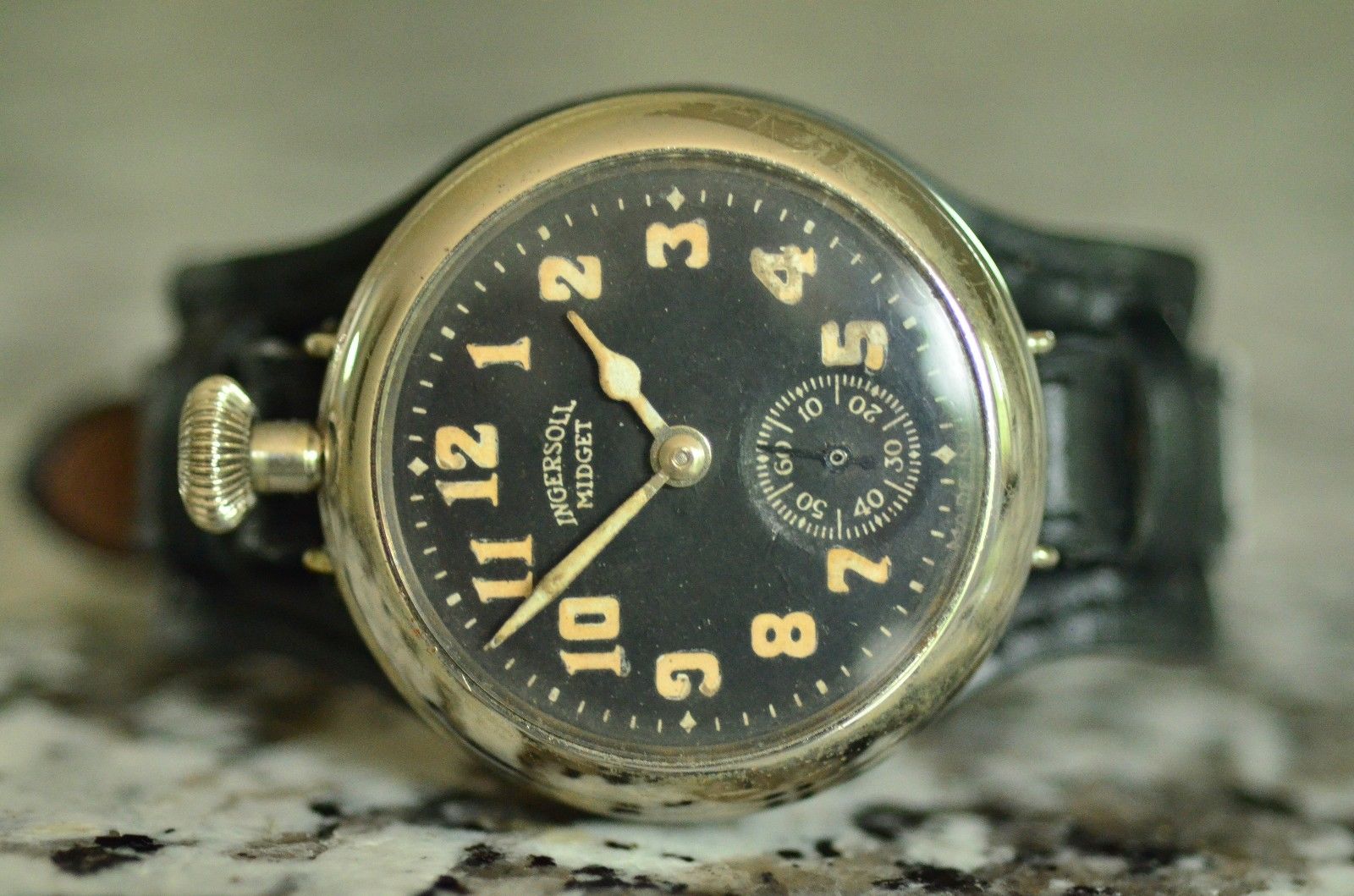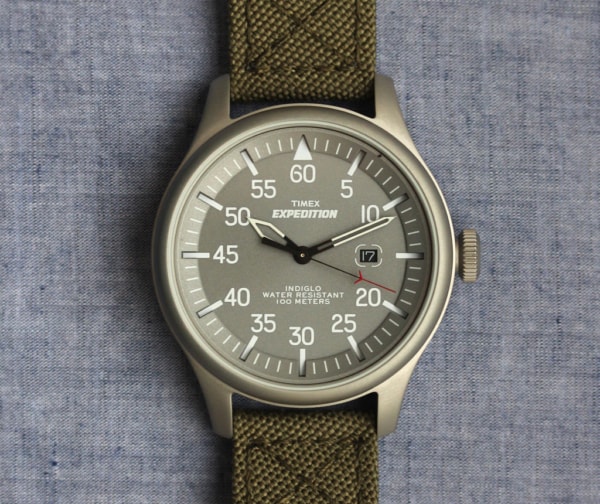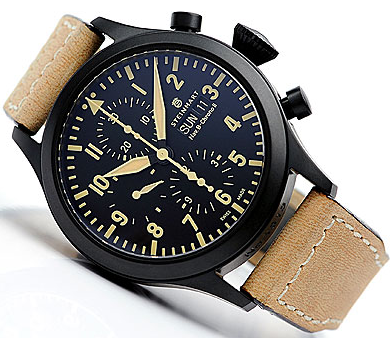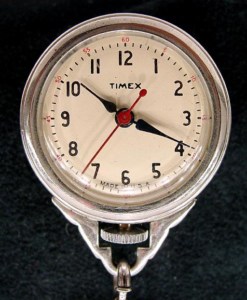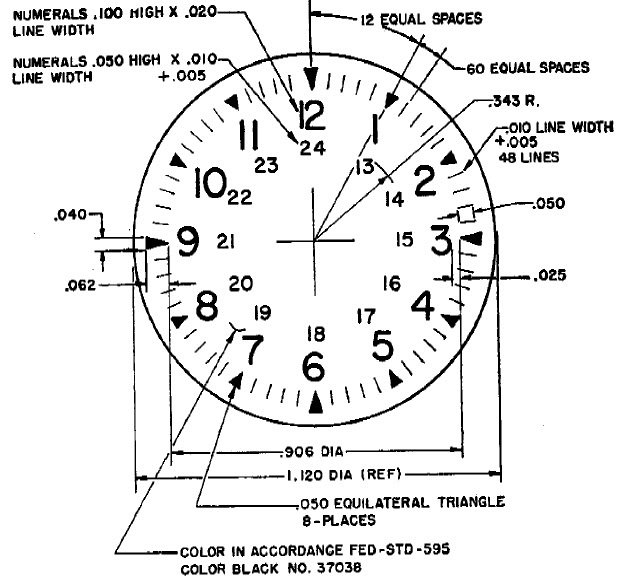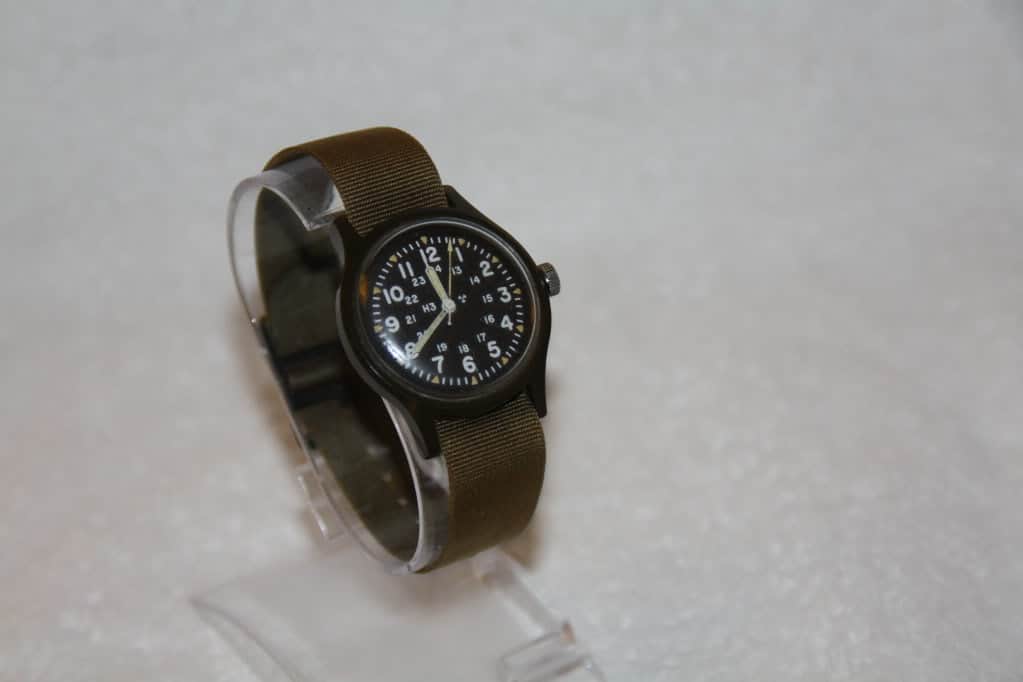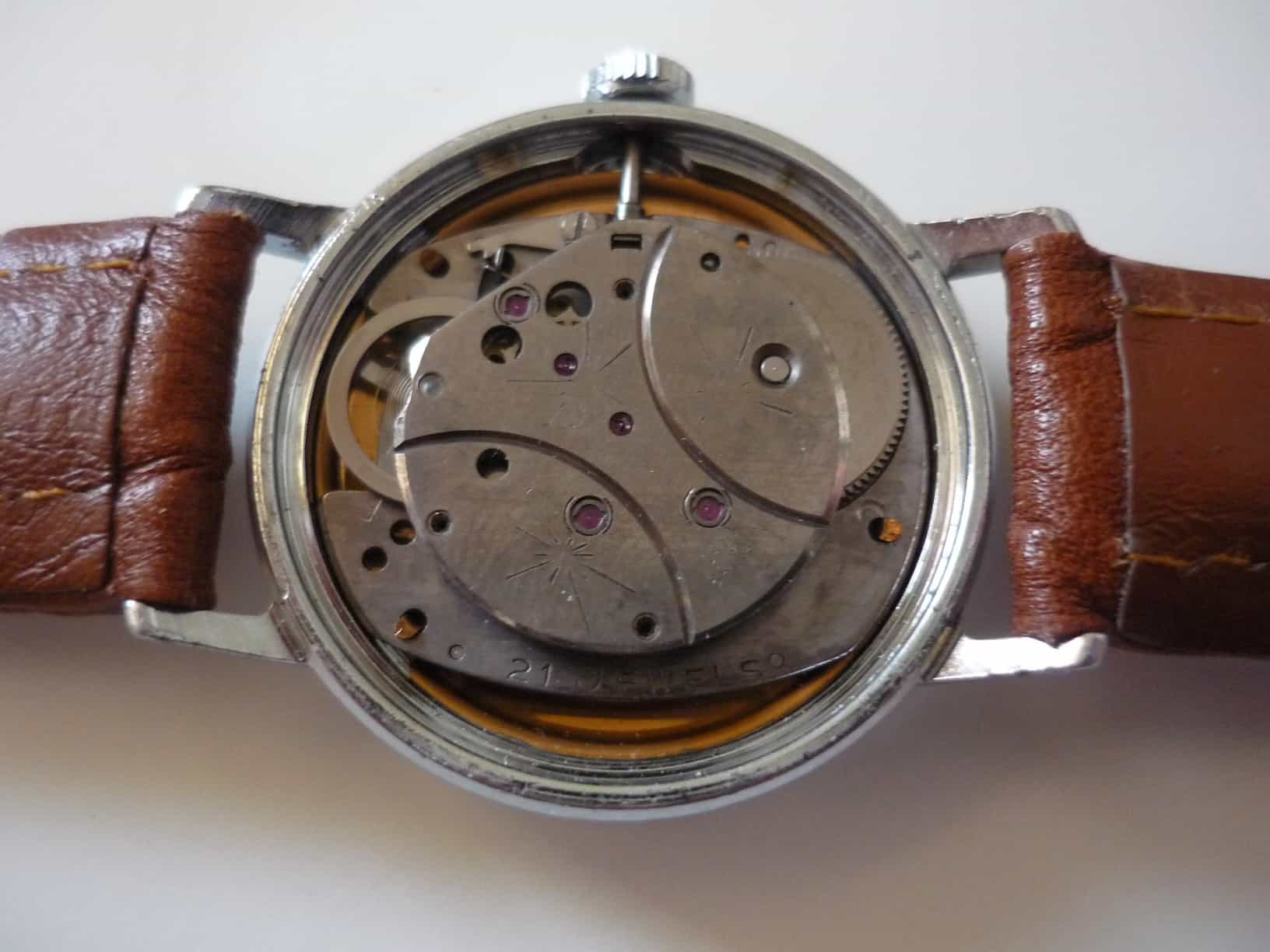Recently, Timex introduced a reissue of one of its most obscure and immediately memorable watches: in collaboration with New York designer Todd Snyder, the “Mod Watch,” as it’s called, was hauled straight from Timex’s famed archives. For $138, complete with its own presentation box, it’s been celebrated by various men’s publications as the watch of the moment. This September, it was reissued for the second time this year. Timex first launched the Mod Watch in July, and it sold out in 23 hours, not even a full rotation across the red dial.
In period Timex vernacular, the Mod is an homage to a lineup Timex called Sprite. But it’s known, for good reason, as the roulette or the bullseye. There’s no way the design should work, but it does. And if not actually mil-spec, then it is certainly capable of offering the illusion: a 24-hour dial, bright and vivid colors, radiant and perpendicular lines that take a while to check out but are instantly remembered. It’s damn near impossible to find: there’s one on eBay at this moment, with a crystal that looks like it’s been hit by artillery fire, but with a faded patina all its glorious own.
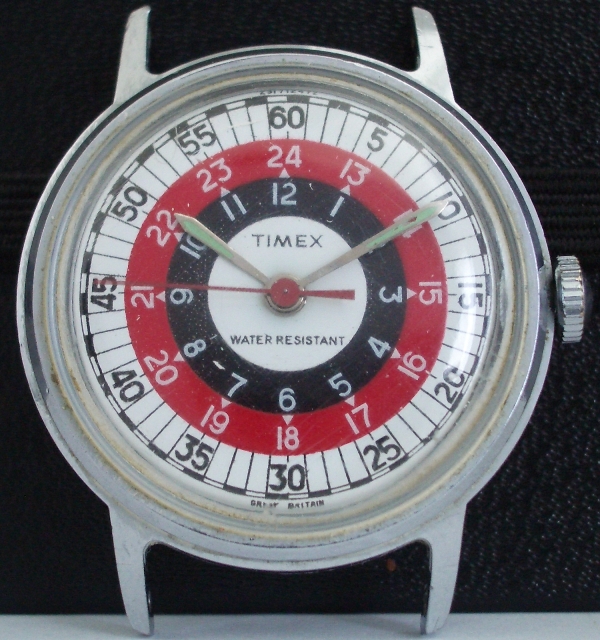









 Featured Videos
Featured Videos




